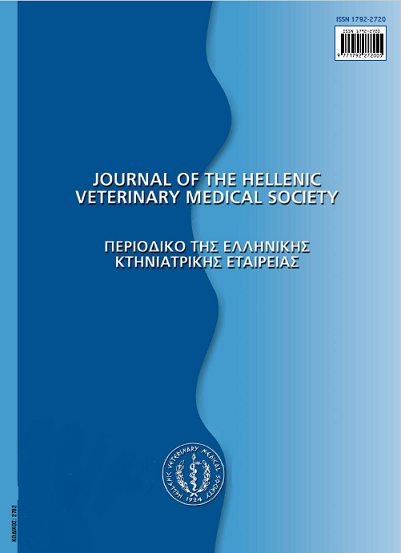Genetically modified animal models and Osteoimmunology

Abstract
The completion of the human and mouse genome DNA sequences easily enabled chromosomal localization for each gene, whereas the role of each gene remains largely unknown. Functional Genomics constitutes the new area of Molecular Biology that aims to identify the function(s) of each gene in order to understand the pathogenic mechanisms in various human diseases. The mouse has been extensively used more than any other animal organism in biomedical research, because, except for the similarities it displays with humans, its genome can be genetically modified rather easily. During the last two decades, technological advances enable almost all kinds of mutations in the mouse genome. More specifically, the study of genetically modified mice revealed the continuous interaction between various systems within the organism, such as the interplay between the skeletal and the immune system, introducing the interdisciplinary area of Osteoimmunology. The cytokine RANKL constitutes the key molecule in Osteoimmunology, by regulating osteoclastogenesis, while deregulation of RANKL expression leads to diseases such as osteopetrosis or osteoporosis. In our laboratory we have recently generated, using state-of-the-art technologies, unique mouse models of RANKL-induced osteopetrosis or osteoporosis. These mouse models constitute excellent systems for the study of underlying pathogenic mechanisms and for the evaluation of novel therapeutic approaches at the preclinical level.
Article Details
- How to Cite
-
DOUNI (Ε.ΝΤΟΥΝΗ) E. (2017). Genetically modified animal models and Osteoimmunology. Journal of the Hellenic Veterinary Medical Society, 61(3), 236–240. https://doi.org/10.12681/jhvms.14891
- Issue
- Vol. 61 No. 3 (2010)
- Section
- Special Article
Authors who publish with this journal agree to the following terms:
· Authors retain copyright and grant the journal right of first publication with the work simultaneously licensed under a Creative Commons Attribution Non-Commercial License that allows others to share the work with an acknowledgement of the work's authorship and initial publication in this journal.
· Authors are able to enter into separate, additional contractual arrangements for the non-exclusive distribution of the journal's published version of the work (e.g. post it to an institutional repository or publish it in a book), with an acknowledgement of its initial publication in this journal.
· Authors are permitted and encouraged to post their work online (preferably in institutional repositories or on their website) prior to and during the submission process, as it can lead to productive exchanges, as well as earlier and greater citation of published work.


